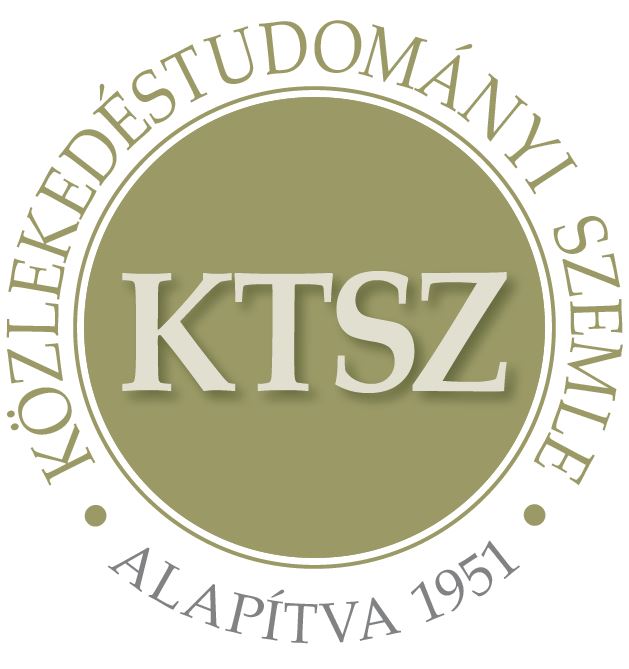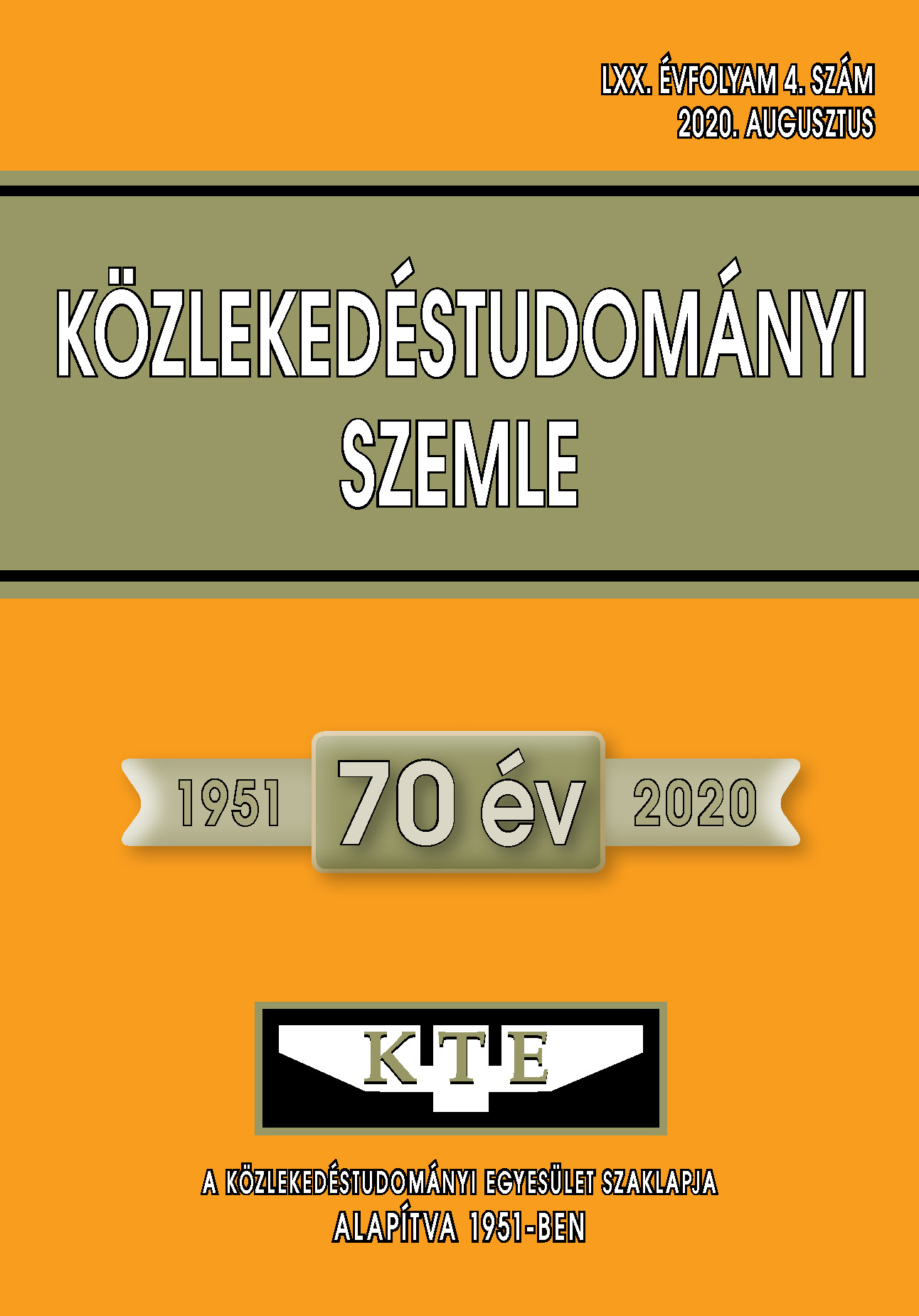Európa pilóta nélküli légi járműveket érintő jogszabályi környezetének áttekintése
Absztrakt
Modern világunkban új ipari forradalom vette kezdetét, amelyben a mesterséges intelligenciáé, az önvezető járműveké és a drónoké a főszerep. A pilóta nélküli légi járművek megjelenése nem csak a légi közlekedésben jelenthet paradigmaváltást, de más iparágakra, köztük a kereskedelemre is komoly hatása lesz, mindezeket összevetve a szabályozás ma már elengedhetetlen.
Hivatkozások
European Aviation Safety Agency (EASA); One step closer to harmonised rules for safe drone operation in Europe; 01. march 2019.; https://www.easa.europa.eu/newsroomand-events/news/one-step-closerharmonised-rules-safe-drones-operationeurope
European Aviation Safety Agency (EASA); European Commission paves the way for safe, secure and green drone operations; 12. march 2019; https://ec.europa.eu/transport/modes/air/news/2019-03-12-drones_en
European Aviation Safety Agency (EASA); EU wide rules on drones published; 11. june 2019.; https://www.easa.europa.eu/newsroom-and-events/news/eu-wide-rulesdrones-published
Civil drones (Unmanned aircraft) – regulatory framework background and timeline; https://www.easa.europa.eu/easaand-you/civil-drones-rpas#0
EASA; Acceptable Means of Compliance (AMC) and Guidance Material (GM) to Commission Implementing Regulation (EU) 2019/947); 09. October 2019. Issue 1; https://www.easa.europa.eu/sites/default/files/dfu/AMC%20%26%20GM%20to%20Commission%20Implementing%20Regulation%20%28EU%29%202019-947%20%E2%80%94%20Issue%201.pdf
European Aviation Safety Agency (EASA) (2019), Commission Delegated Regulation (EU) 2019/945 of 12 March 2019 on unmanned aircraft systems and on thirdcountry operators of unmanned aircraft, https://eur-lex.europa.eu
European Aviation Safety Agency (EASA) (2019), Commission Implementing Regulation (EU) 2019/947 of 24 May
on the rules and procedures for the operation of unmanned aircraft , https://eur-lex.europa.eu
European Aviation Safety Agency (EASA) (2020), Commission Implementing regulation (EU) 2020/746 of 4 June 2020 amending Implementing Regulation (EU) 2019/947 as regards postponing dates of application of certain measures in the context of the COVID-19 pandemic https://eur-lex.europa.eu/legal-content/EN/TXT/?ri=CELEX%3A32020R0746
Az elektronikusan megjelenő cikkek nyílt hozzáféréssel rendelkeznek (OJS), online ingyenesen elérhetők és letölthetők. A cikkek szerzőit nem terheli megjelentetési vagy kiadási költség (APC). Felhasználóknak joguk van a cikkek olvasására, letöltésére, másolására, kinyomtatására, valamint azokban való keresésre, vagy a teljes szöveg linkkel történő megosztására.
A szerzőknek nyilatkozniuk kell arról, hogy beadványukat korábban nem tették közzé más folyóiratban, a pénzügyi támogatás feltüntetésre került és a hivatkozások listája teljes és pontos, beleértve az URL-ek és a DOI-k specifikációját is (ha rendelkezésre állnak). A cikktervezet beadásakor minden szerző jóváhagyja a benyújtott változatot. A szerzők garantálják, hogy a cikk az ő eredeti művük. A szerzők kötelesek részt venni a szakértői értékelés folyamatában, követni a bírálók tanácsait, betartani az előírt határidőket, és amennyiben előfordulnak, kötelesek visszavonni a benyújtást vagy kijavítani a hibákat.
Minden beadott cikket szakértői értékelés alá kerül, ahol a szerkesztők független értékelést kérnek legalább egy szakértőtől, ügyelve arra, hogy a bíráló(k)nak ne legyen összeférhetetlensége a szerzőkkel. A végső döntést a főszerkesztő hozza meg, aki figyelembe veszi az értékeléseket és a szerkesztők javaslatait. A szerkesztők és a lektorok bizalmasan kezelik a beadványt.
A kiadó és a szerkesztők elkötelezettek a magas etikai normák betartása mellett, és megakadályozzák azokat a publikációkat, amelyekben kutatási visszaélés történt. Az ilyen etikai kérdésekben a COPE irányelveit követik.
A szerzők fenntartják a szerzői jogokat, és megadják a folyóiratnak az első közzétételi jogot a Creative Commons Licenc alapján (https://creativecommons.org/licenses/by-nc-nd/4.0), amely lehetővé teszi mások számára, hogy megosszák a művet, elismerve a mű szerzőségét és a folyóiratban való első közzétételt.
A folyóirat archiválja az összes megjelent cikket, és a folyóirat tulajdonosa, a Közlekedéstudományi Egyesület továbbra is üzemelteti az adatbázist abban az esetben is, ha a folyóirat kiadása megszűnik.















